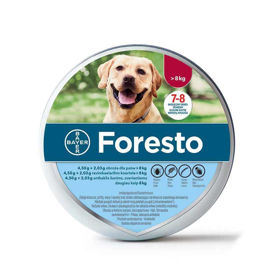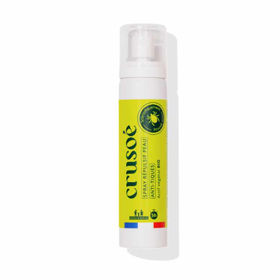Lyme disease is an infection caused by the bite of an infected tick. Lyme disease is usually easier to treat if diagnosed earlier, but some symptoms may remain even after treatment.
Lyme disease, also called Lyme disease, was discovered in 1975 when many children were diagnosed with juvenile rheumatoid arthritis in Lyme, Connecticut, and two neighboring towns. Researchers have found that the bites of infected deer ticks are mainly responsible for the outbreak of this type of arthritis.
Lyme disease can develop through 3 significant phases that may overlap and cause symptoms involving the skin, joints, heart, and nervous system.
These stages of Lyme disease are:
- early localized phase (first to fourth week)
- early disseminated phase (first to the fourth month)
- late disseminated phase or late Lyme disease (after four months, even up to a year later)
A round or oval-shaped rash around a tick bite can be an early symptom of Lyme disease in some people. The rash can appear up to 3 months after being bitten by an infected tick but usually within 1 to 4 weeks. However, the rash may be visible for several weeks.
The rash may have a darker or lighter area in the center and gradually spread, usually not hot or itchy to the touch. The rash can be flat or slightly raised, pink, red, or purple.
Other early symptoms of Lyme disease:
- fatigue
- muscle pains
- pain in the joints
- headaches
- high temperature
- fever
- neck stiffness
More severe symptoms may develop if Lyme disease is not treated or treated early enough.
These may include:
- pain and swelling in the joints
- nerve problems - such as numbness or pain in the limbs
- memory problems
- problems with concentration
- heart problems
Some of these problems will improve slowly with treatment but may persist if treatment is started late. In addition, a few people with Lyme disease develop long-term symptoms similar to those of fibromyalgia or chronic fatigue syndrome, known as post-infectious Lyme disease.
Antibiotics are mainly used to treat borreliosis. In most cases, recovery will be faster the sooner the treatment begins. The standard treatment uses an antibiotic in pill form, usually lasting 10 to 14 days. However, treatment may be more prolonged, depending on your symptoms. Your doctor may also prescribe an antibiotic given directly into a vein, also called an intravenous (IV) antibiotic.
Interesting reading: Obsolete borreliosis signs
Interesting reading: Borreliosis consequences













